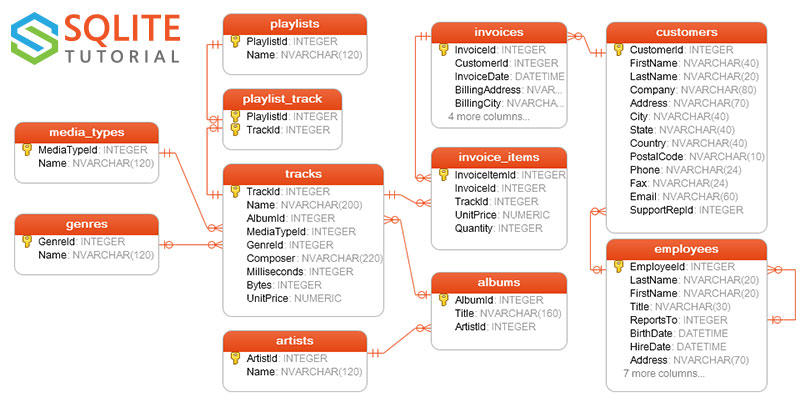
Knex.js is very flexible and often performs better than some of the ORM libraries that have their own built-in implementation of a Query Builder. I’ve split the list into two sections based on the primary supported language: JavaScript and TypeScript.īefore we begin our evaluation, let’s first take a look at Knex.js, a popular SQL Query Builder that comes already integrated with a number of ORM libraries listed here. I’ve ordered the list based on launch date from the earliest to the newest. I’ll also be discussing important issues relating to query performance, library maintenance and architecture philosophy that you should weigh heavily when making your decision. I’ve also included important information such as the launch dates, number of users and links to documentation, and support channels if available. In this article, I’ll provide snippets on how each ORM library does:
#Ionic v3 sqlite transaction code
a CLI tool for generating boilerplate code.ORM libraries often contain many more essential features, such as: Hence, using an ORM library to build your data layer helps ensure that the database will always remain in a consistent state. If an SQL statement fails to run within the context of a transaction, all other SQL statements that had successfully executed within that batch are reversed through an operation known as roll back. Most ORM libraries support a feature known as Transactions, which prevents such an incidents from happening. If a single SQL statement fails, it can leave the database in an inconsistent state. Often business rules require the execution of multiple SQL statements that need to run in batches. The term ORM most commonly refers to an actual ORM library - an object relational mapper - that carries out the work of object relational mapping for you. Object relational mapping is commonly undertaken with help of a library. A business rule is defined to ensure that an automated process only executes within the boundaries of a business policy.

In such a situation, you need a framework that allows you to operate and maintain your application’s data layer in a consistent and predictable way.Įntity classes are the building blocks of business applications, as they’re designed to encapsulate logic for implementing business rules. An ORM is quite beneficial for medium- to large-scale projects that source data from hundreds of database tables. Using SQL statements to drive your application should be sufficient. If you’re building a small project, installing an ORM library isn’t required.

Entity instances have ways of performing CRUD operations and have support for additional functions that contain custom logic such as validation and data encryption. It contains attributes that are mapped to columns of a database table. An entity is simply an object wrapper for a database table. Object relational mapping is a technique for converting a database query result into entity class instances. Object relational mapping makes it possible for you to write queries in the language of your choice. Does that mean you have to learn SQL? Well, no. To get data out of a database, you need to write a query. Object relational mapping might seem complex, but its purpose is to make your life as a programmer easier.


 0 kommentar(er)
0 kommentar(er)
